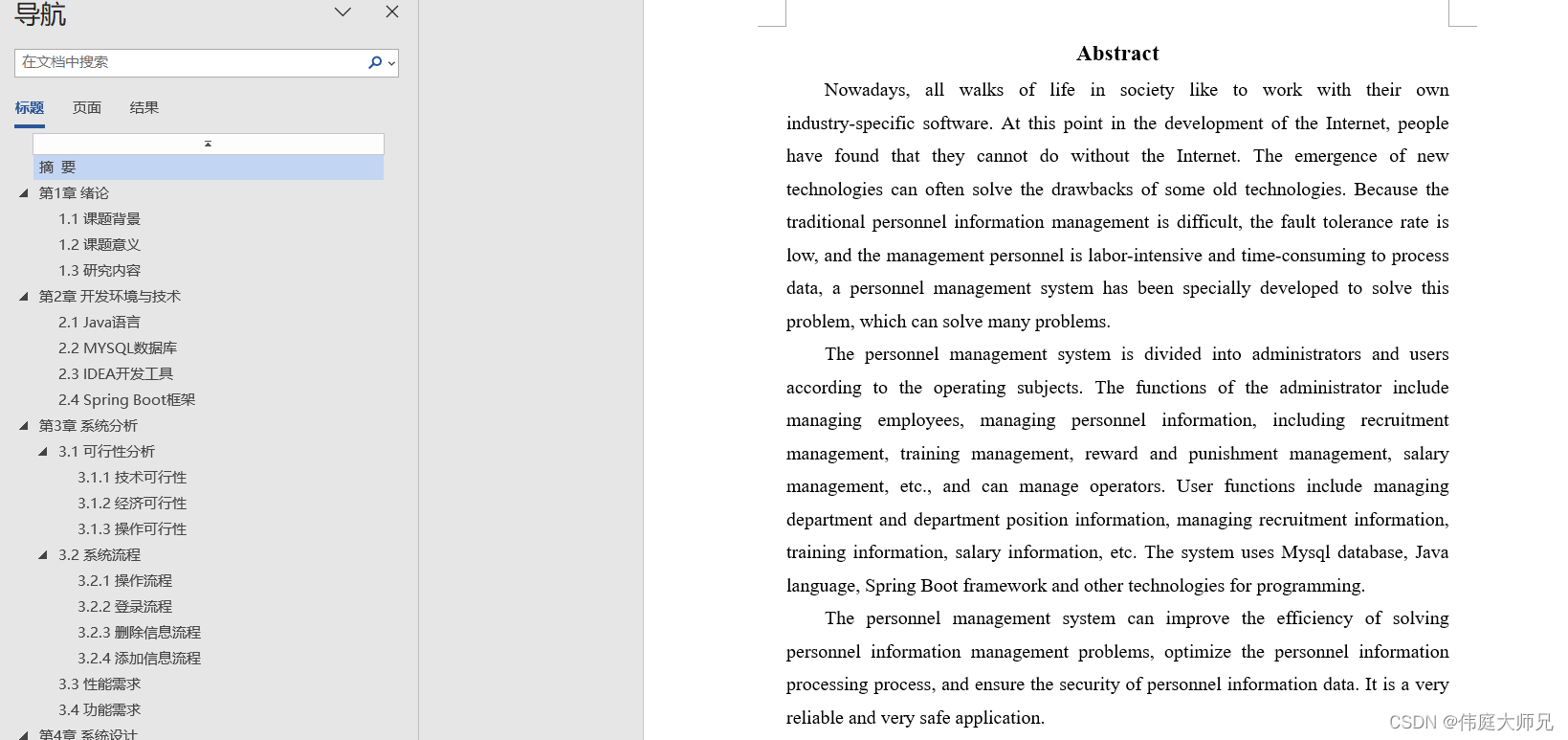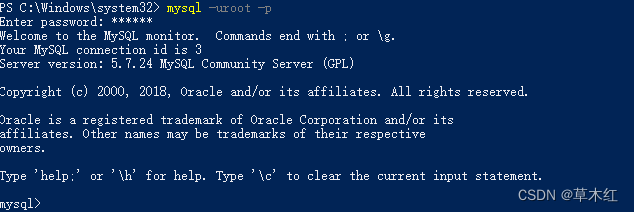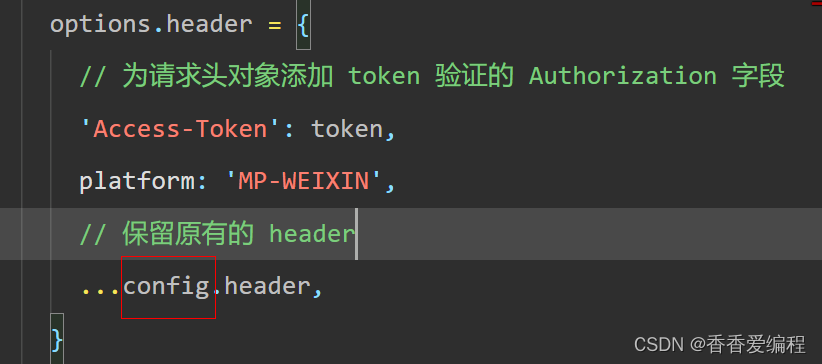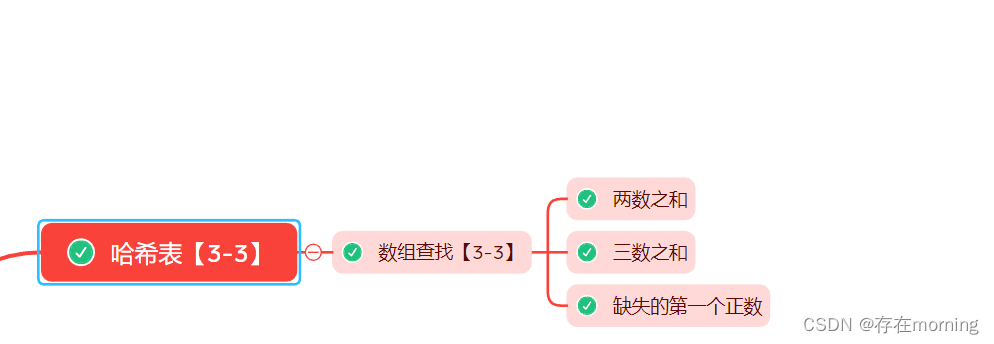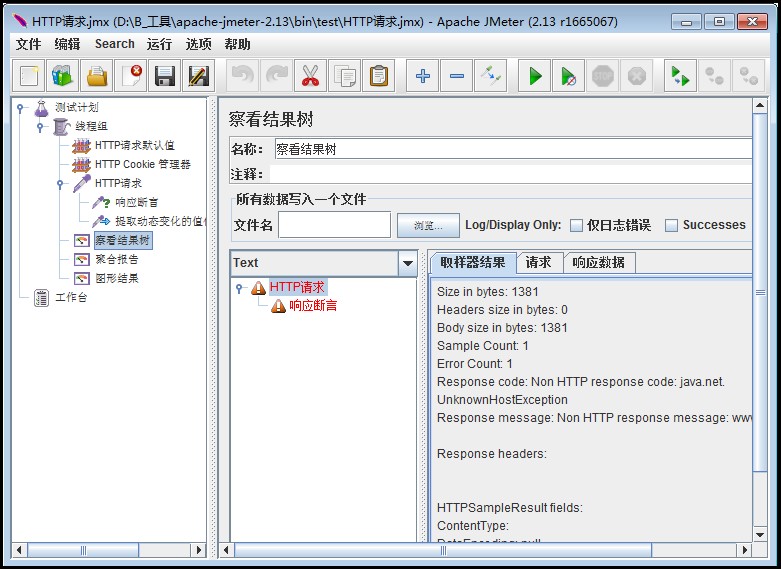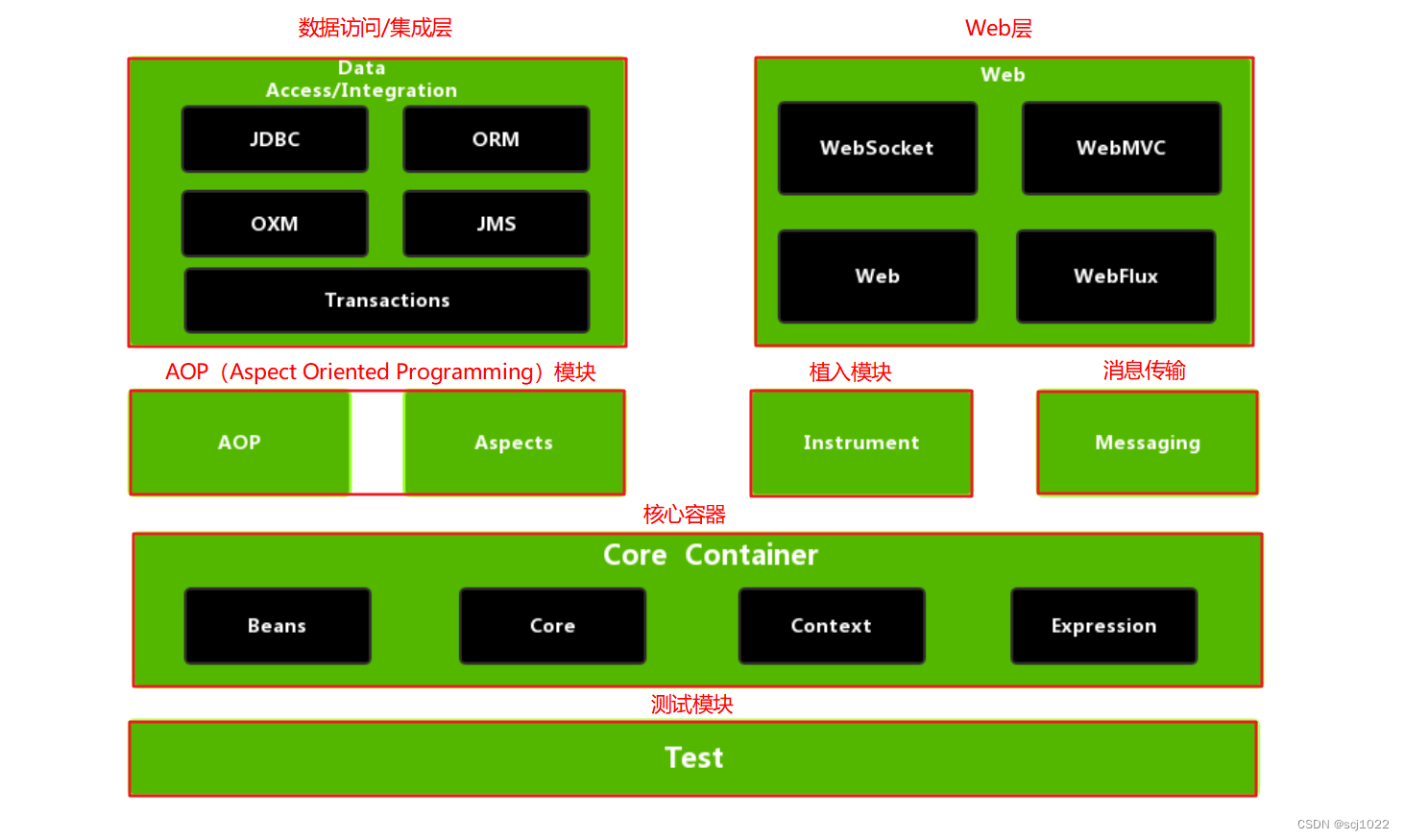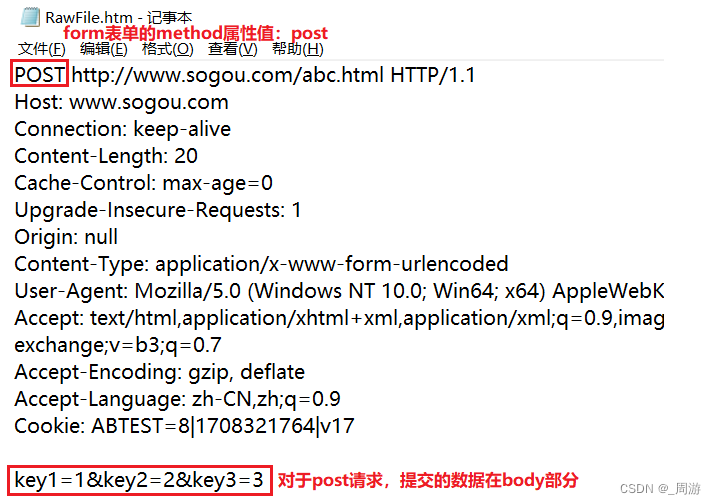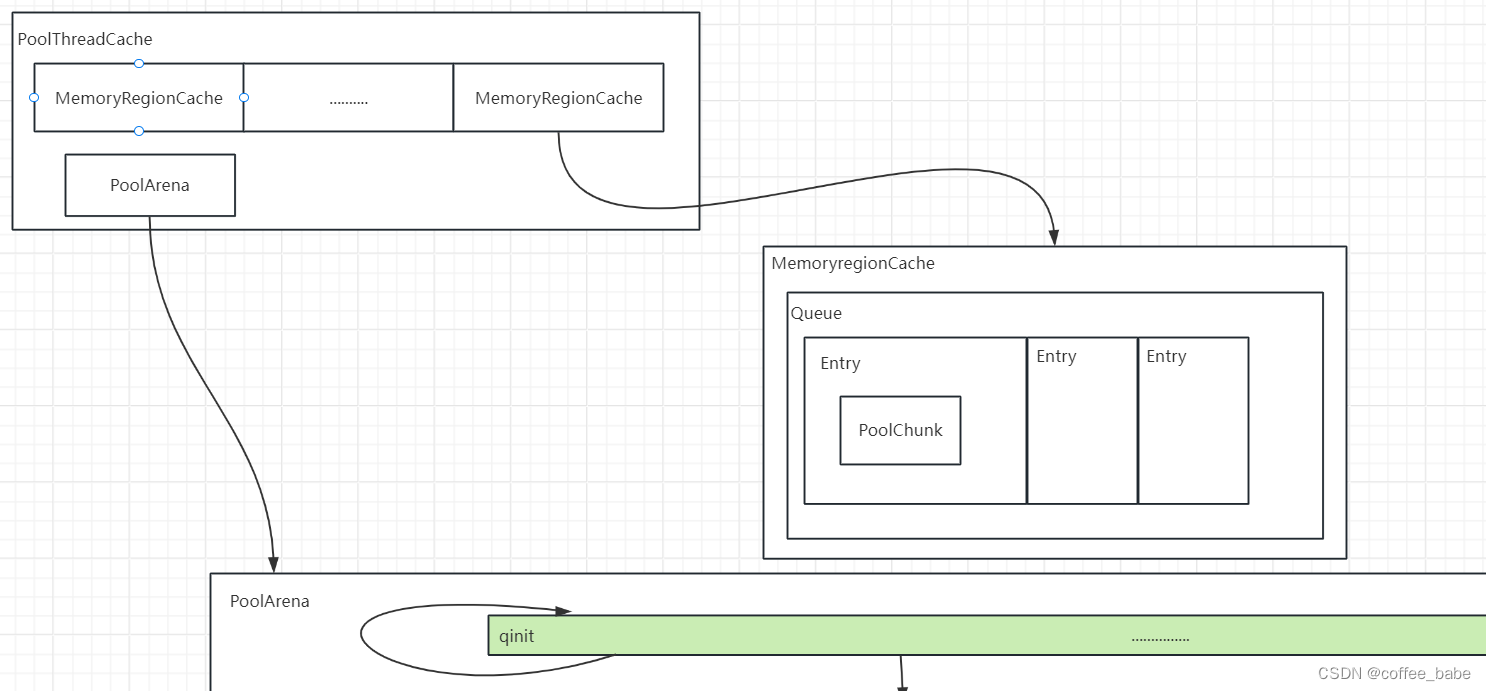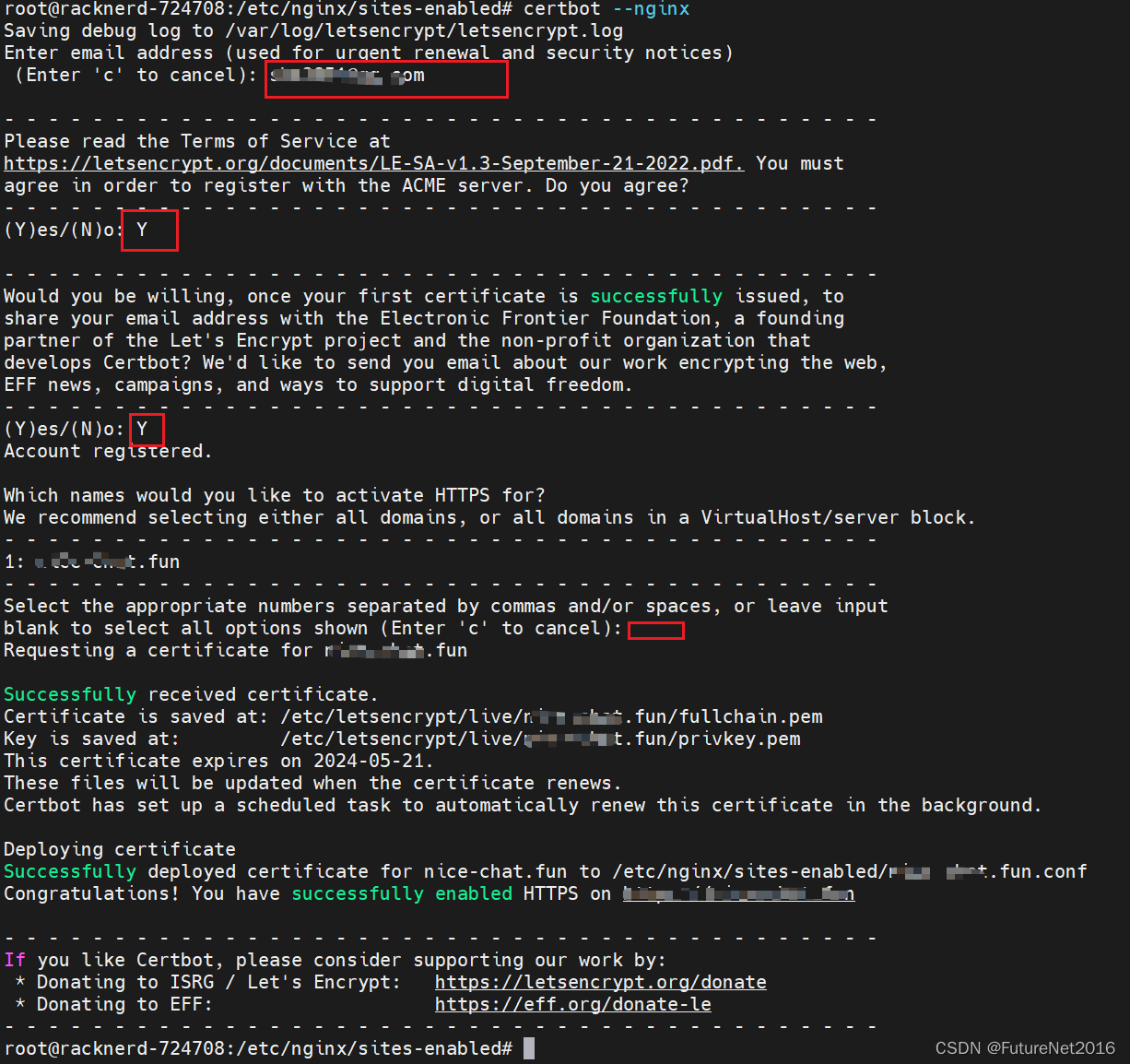Java基础系列文章
Java基础(一):语言概述
Java基础(二):原码、反码、补码及进制之间的运算
Java基础(三):数据类型与进制
Java基础(四):逻辑运算符和位运算符
Java基础(五):流程控制语句
Java基础(六):数组
Java基础(七):面向对象编程
Java基础(八):封装、继承、多态性
Java基础(九):Object 类的使用
Java基础(十):关键字static、代码块、关键字final
Java基础(十一):抽象类、接口、内部类
Java基础(十二):枚举类
Java基础(十三):注解(Annotation)
Java基础(十四):包装类
Java基础(十五):异常处理
Java基础(十六):String的常用API
Java基础(十七):日期时间API
Java基础(十八):java比较器、系统相关类、数学相关类
Java基础(十九):集合框架
Java基础(二十):泛型
Java基础(二十一):集合源码
Java基础(二十二):File类与IO流
Java基础(二十三):反射机制
Java基础(二十四):网络编程
Java基础(二十五):Lambda表达式、方法引用、构造器引用
Java基础(二十六):Java8 Stream流及Optional类
目录
- 一、Stream介绍
- 1、什么是Stream
- 2、Stream特点
- 3、Stream的操作三个步骤
- 二、创建Stream实例
- 1、通过集合创建Stream
- 2、通过数组创建Stream
- 3、通过Stream的of()创建Stream
- 4、创建无限流
- 三、Stream中间操作
- 1、筛选(filter)
- 2、截断(limit)
- 3、跳过(skip)
- 4、去重(distinct)
- 5、映射(map/flatMap/mapToInt)
- 6、排序(sorted)
- 7、peek 和 forEach
- 四、Stream终止操作
- 1、匹配(allMatch/anyMatch/noneMatch)
- 2、查找(findFirst/findAny)
- 3、聚合(max/min/count)
- 4、归约(reduce)
- 5、收集(collect)
- 5.1、归集(toList/toSet/toMap)
- 5.2、统计(counting/averaging/summing/maxBy/minBy)
- 5.3、分组(partitioningBy/groupingBy)
- 5.4、接合(joining)
- 五、Optional 类
- 1、构建Optional对象
- 2、获取value值,空值的处理
- 3、处理value值,空值不处理不报错
一、Stream介绍
1、什么是Stream
- Stream 是数据渠道,用于
操作数据源(集合、数组等)所生成的元素序列 - Stream和Collection集合的区别
- Collection是一种静态的内存数据结构,讲的是数据;主要面向内存,存储在内存中
- Stream是有关计算的,讲的是计算;面向CPU,通过CPU实现计算
2、Stream特点
- Stream自己
不会存储元素 - Stream
不会改变源对象。相反,他们会返回一个持有结果的新Stream - Stream 操作是
延迟执行的- 这意味着他们会等到需要结果的时候才执行
- 即一旦执行终止操作,就执行中间操作链,并产生结果
- Stream一旦执行了终止操作,就不能再调用其它
中间操作或终止操作了
3、Stream的操作三个步骤
- 创建 Stream
- 一个数据源(如:集合、数组),获取一个流
- 中间操作
- 每次处理都会返回一个持有结果的新Stream
- 即中间操作的方法返回值仍然是Stream类型的对象
- 因此中间操作可以是个
操作链,可对数据源的数据进行n次处理 - 但是在终结操作前,并不会真正执行
- 终止操作(终端操作)
- 终止操作的方法返回值类型就不再是Stream了
- 因此一旦执行终止操作,就结束整个Stream操作了
- 一旦执行终止操作,就执行中间操作链,最终产生结果并结束Stream

二、创建Stream实例
1、通过集合创建Stream
- Java8中的Collection接口被扩展,提供了两个获取流的方法:
- default Stream<E> stream() : 返回一个顺序流
- default Stream<E> parallelStream() : 返回一个并行流
@Test
public void test01(){
List<String> list = Arrays.asList("a", "b", "c", "d");
//创建顺序流(顺序执行)
Stream<String> stream = list.stream();
//创建并行流(多线程并行执行,速度快)
Stream<String> parallelStream = list.parallelStream();
}
2、通过数组创建Stream
- Java8 中的 Arrays 的静态方法 stream() 可以获取数组流:
- public static <T> Stream<T> stream(T[] array): 返回一个流
- public static IntStream stream(int[] array)
- public static LongStream stream(long[] array)
- public static DoubleStream stream(double[] array)
@Test
public void test02(){
String[] arr = {"hello","world"};
Stream<String> stream = Arrays.stream(arr);
}
@Test
public void test03(){
int[] arr = {1,2,3,4,5};
IntStream stream = Arrays.stream(arr);
}
3、通过Stream的of()创建Stream
- 可以调用Stream类静态方法 of(), 通过显示值创建一个流
- 它可以接收任意数量的参数
- public static<T> Stream<T> of(T… values) : 返回一个流
@Test
public void test04(){
Stream<Integer> stream = Stream.of(1,2,3,4,5);
stream.forEach(System.out::println);
}
4、创建无限流
- 可以使用静态方法 Stream.iterate() 和 Stream.generate(), 创建无限流
- public static<T> Stream<T> iterate(final T seed, final UnaryOperator<T> f)
- public static<T> Stream<T> generate(Supplier<T> s)
@Test
public void test05() {
// 迭代累加,获取前五个
Stream<Integer> stream = Stream.iterate(1, x -> x + 2);
stream.limit(5).forEach(System.out::println);
System.out.println("**********************************");
// 一直生成随机数,获取前五个
Stream<Double> stream1 = Stream.generate(Math::random);
stream1.limit(5).forEach(System.out::println);
}
输出结果:
1
3
5
7
9
**********************************
0.1356905695577818
0.33576714141304886
0.7325647295361851
0.29218866245097375
0.24849848127040652
三、Stream中间操作
多个中间操作可以连接起来形成一个流水线,除非流水线上触发终止操作,否则中间操作不会执行任何的处理- 而在终止操作时一次性全部处理,称为“惰性求值”
准备测试数据
// @Data 注在类上,提供类的get、set、equals、hashCode、toString等方法
@Data
@AllArgsConstructor
@NoArgsConstructor
public class Employee {
// id
private int id;
// 名称
private String name;
// 年龄
private int age;
// 工资
private double salary;
}
public class EmployeeData {
public static List<Employee> getEmployees(){
List<Employee> list = new ArrayList<>();
list.add(new Employee(1001, "马化腾", 34, 6000.38));
list.add(new Employee(1002, "马云", 2, 19876.12));
list.add(new Employee(1003, "刘强东", 33, 3000.82));
list.add(new Employee(1004, "雷军", 26, 7657.37));
list.add(new Employee(1005, "李彦宏", 65, 5555.32));
list.add(new Employee(1006, "比尔盖茨", 42, 9500.43));
list.add(new Employee(1007, "任正非", 26, 4333.32));
list.add(new Employee(1008, "扎克伯格", 35, 2500.32));
return list;
}
}
1、筛选(filter)
- 查询员工表中薪资大于7000的员工信息
// 获取员工集合数据
List<Employee> employeeList = EmployeeData.getEmployees();
Stream<Employee> stream = employeeList.stream();
stream.filter(emp -> emp.getSalary() > 7000).forEach(System.out::println);
2、截断(limit)
- 获取员工集合数据的前十个员工信息
employeeList.stream().limit(10).forEach(System.out::println);
3、跳过(skip)
- 返回一个删除前五个员工信息的数据,与limit(n)互补
employeeList.stream().skip(5).forEach(System.out::println);
4、去重(distinct)
- 通过流所生成元素的hashCode()和equals()去除重复元素
- 需要重写hashCode和equals方法,否则不能去重
employeeList.add(new Employee(1009, "马斯克", 40, 12500.32));
employeeList.add(new Employee(1009, "马斯克", 40, 12500.32));
employeeList.add(new Employee(1009, "马斯克", 40, 12500.32));
employeeList.add(new Employee(1009, "马斯克", 40, 12500.32));
employeeList.stream().distinct().forEach(System.out::println);
5、映射(map/flatMap/mapToInt)
- map:获取员工姓名长度大于3的员工的姓名
//方式1:Lambda表达式
employeeList.stream().map(emp -> emp.getName())
.filter(name -> name.length() > 3).forEach(System.out::println);
//方式2:方法引用第三种 类 :: 实例方法名
employeeList.stream().map(Employee::getName)
.filter(name -> name.length() > 3).forEach(System.out::println);
- flatMap:当处理嵌套集合时,可以使用flatMap将嵌套集合展平成一个新的Stream
List<List<Integer>> nestedList = Arrays.asList(
Arrays.asList(1, 2, 3),
Arrays.asList(4, 5, 6),
Arrays.asList(7, 8, 9)
);
nestedList.stream()
.flatMap(item -> item.stream())
.forEach(System.out::println);
- mapToInt:将流中每个元素映射为int类型
// 获取名字长度的总和
List<String> list1 = Arrays.asList("Apple", "Banana", "Orange", "Grapes");
IntStream intstream = list1.stream().mapToInt(String::length);
int sum = intstream.sum();
- mapToDouble:将流中每个元素映射为Double类型
- mapToLong:将流中每个元素映射为Long类型
6、排序(sorted)
- sorted():自然排序(从小到大),流中元素需实现Comparable接口,否则报错
//sorted() 自然排序
Integer[] arr = new Integer[]{345,3,64,3,46,7,3,34,65,68};
String[] arr1 = new String[]{"GG","DD","MM","SS","JJ"};
Arrays.stream(arr).sorted().forEach(System.out::println);
Arrays.stream(arr1).sorted().forEach(System.out::println);
//因为Employee没有实现Comparable接口,所以报错!
employeeList.stream().sorted().forEach(System.out::println);
- sorted(Comparator com):Comparator排序器自定义排序
// 根据工资自然排序(从小到大)
employeeList.stream().sorted(Comparator.comparing(Employee::getSalary))
.forEach(System.out::println);
// 根据工资倒序(从大到小)
employeeList.stream().sorted(Comparator.comparing(Employee::getSalary).reversed())
.forEach(System.out::println);
7、peek 和 forEach
- 相同点:peek和forEach都是遍历流内对象并且对对象进行一定的操作
- 不同点:forEach返回void结束Stream操作,peek会继续返回Stream对象
employeeList.stream()
.map(Employee::getName)
.peek(System.out::println)
.filter(name -> name.length() > 3)
.forEach(System.out::println);
四、Stream终止操作
- 终端操作会从流的流水线生成结果。其结果可以是任何不是流的值,例如:List、Integer,甚至是 void
- 流进行了终止操作后,不能再次使用
1、匹配(allMatch/anyMatch/noneMatch)
- allMatch(Predicate p):检查是否匹配所有元素
- 是否所有的员工的年龄都大于18
boolean allMatch = employeeList.stream().allMatch(emp -> emp.getAge() > 18);
- anyMatch(Predicate p):检查是否至少匹配一个元素
- 是否存在年龄大于18岁的员工
boolean anyMatch = employeeList.stream().anyMatch(emp -> emp.getAge() > 18);
- noneMatch(Predicate p):检查是否没有匹配所有元素
- 是不是没有年龄大于18岁的员工,没有返回true,存在返回false
boolean noneMatch = employeeList.stream().noneMatch(emp -> emp.getAge() > 18);
2、查找(findFirst/findAny)
- findFirst():返回第一个元素
Optional<Employee> first = employeeList.stream().findFirst();
Employee employee = first.get();
- findAny():返回当前流中的任意元素
Optional<Employee> any = employeeList.stream().findAny();
Employee employee = any.get();
ps:集合中数据为空,会抛异常No value present,后面会将Optional类的空值处理
3、聚合(max/min/count)
- max(Comparator c):返回流中最大值,入参与排序sorted的比较器一样,必须自然排序
- 返回最高工资的员工
Optional<Employee> max = employeeList.stream().max(Comparator.comparingDouble(Employee::getSalary));
Employee employee = max.get();
- min(Comparator c):返回流中最小值,入参与排序sorted的比较器一样,必须自然排序
- 返回最低工资的员工
Optional<Employee> min = employeeList.stream().min(Comparator.comparingDouble(Employee::getSalary));
Employee employee = min.get();
- count():返回流中元素总数
- 返回所有工资大于7000的员工的个数
long count = employeeList.stream().filter(emp -> emp.getSalary() > 7000).count();
4、归约(reduce)
- reduce(BinaryOperator b):可以将流中元素反复结合起来,得到一个值。返回 Optional<T>
// 计算1-10的自然数的和
List<Integer> list = Arrays.asList(1, 2, 3, 4, 5, 6, 7, 8, 9, 10);
Optional<Integer> reduce6 = list.stream().reduce(Integer::sum);
Integer sum = reduce6.get();
// 计算公司所有员工工资的总和
Optional<Double> reduce7 = employeeList.stream().map(Employee::getSalary).reduce(Double::sum);
Double aDouble = reduce7.get();
- reduce(T identity, BinaryOperator b):可以将流中元素反复结合起来,得到一个值。返回 T
- T identity:累加函数的初始值
- 不需要先获取Optional再get(),直接可以获取结果,
推荐使用
// 计算1-10的自然数的和
List<Integer> list = Arrays.asList(1, 2, 3, 4, 5, 6, 7, 8, 9, 10);
Integer reduce1 = list.stream().reduce(0, (x1, x2) -> x1 + x2);
Integer reduce2 = list.stream().reduce(0, (x1, x2) -> Integer.sum(x1, x2));
Integer reduce3 = list.stream().reduce(0, Integer::sum);
// 计算1-10的自然数的乘积
Integer reduce4 = list.stream().reduce(1, (x1, x2) -> x1 * x2);
// 计算公司所有员工工资的总和
Double reduce5 = employeeList.stream().map(Employee::getSalary).reduce(0.0, Double::sum);
5、收集(collect)
- collect(Collector c):将流转换为其他形式,接收一个Collector接口的实现,用于给Stream中元素做汇总的方法
Collector接口中方法的实现决定了如何对流执行收集的操作(如收集到 List、Set、Map)Collectors实用类提供了很多静态方法,可以方便地创建常见收集器实例,如下
5.1、归集(toList/toSet/toMap)
- toList():把流中元素收集到List
- 获取所有员工姓名集合
List<String> nameList1 = employeeList.stream().map(Employee::getName).collect(Collectors.toList());
// jdk16以后,collect(Collectors.toList())可以简写为.toList()
List<String> nameList2 = employeeList.stream().map(Employee::getName).toList();
- toSet():把流中元素收集到Set
- 获取所有员工年龄set集合,可以去重
Set<Integer> ageList = employeeList.stream().map(Employee::getAge).collect(Collectors.toSet());
- toMap():把流中元素收集到Map
- Function.identity():t -> t,相当于参数是什么,返回什么
如下如果key重复,会抛异常java.lang.IllegalStateException: Duplicate key xxx
// key-名称 value-员工对象
Map<String, Employee> employeeNameMap = employeeList.stream()
.collect(Collectors.toMap(Employee::getName, Function.identity()));
// key-名称 value-工资
Map<String, Double> nameSalaryMap = employeeList.stream()
.collect(Collectors.toMap(Employee::getName, Employee::getSalary));
- toMap的第三个参数则是
key重复后如何操作value的内容 - key重复可以只要旧的value数据,也可以新的value+旧的value等等
// key-名称 value-员工对象
Map<String, Employee> employeeNameMap = employeeList.stream()
.collect(Collectors.toMap(Employee::getName, Function.identity(),(oldValue,newValue) -> oldValue));
// key-名称 value-工资
Map<String, Double> nameSalaryMap = employeeList.stream()
.collect(Collectors.toMap(Employee::getName, Employee::getSalary,(oldValue,newValue) -> oldValue + newValue));
5.2、统计(counting/averaging/summing/maxBy/minBy)
- counting():计算流中元素的个数
Long count = employeeList.stream().collect(Collectors.counting());
// 相当于
Long count2 = employeeList.stream().count();
- averagingInt:计算流中元素Integer属性的平均值
- averagingDouble:计算流中元素Double属性的平均值
- averagingLong:计算流中元素Long属性的平均值
- 返回值都是Double
Double aDouble = employeeList.stream().collect(Collectors.averagingInt(Employee::getAge));
Double bDouble = employeeList.stream().collect(Collectors.averagingDouble(Employee::getSalary));
- summingInt:计算流中元素Integer属性的总和
- summingDouble:计算流中元素Double属性的总和
- summingLong:计算流中元素Long属性的总和
Integer count = employeeList.stream().collect(Collectors.summingInt(Employee::getAge));
Double total = employeeList.stream().collect(Collectors.summingDouble(Employee::getSalary));
- maxBy():计算流最大值
- minBy():计算流最小值
// 最大值
Optional<Employee> employee = employeeList.stream()
.collect(Collectors.maxBy(Comparator.comparingDouble(Employee::getSalary)));
// 最小值
Optional<Employee> employee = employeeList.stream()
.collect(Collectors.minBy(Comparator.comparingDouble(Employee::getSalary)));
- summarizingInt():汇总统计包括总条数、总和、平均数、最大值、最小值
IntSummaryStatistics summaryStatistics = employeeList.stream().collect(Collectors.summarizingInt(Employee::getAge));
System.out.println(summaryStatistics);// IntSummaryStatistics{count=8, sum=263, min=2, average=32.875000, max=65}
5.3、分组(partitioningBy/groupingBy)
- partitioningBy():根据true或false进行分区
- 将员工按薪资是否高于6000分组
Map<Boolean, List<Employee>> listMap = employeeList.stream()
.collect(Collectors.partitioningBy(emp -> emp.getSalary() > 6000));
- groupingBy():根据某属性值对流分组,属性为K,结果为V
- 将员工年龄分组
Map<Integer, List<Employee>> collect = employeeList.stream()
.collect(Collectors.groupingBy(Employee::getAge));
- 将员工按年龄分组,再汇总不同年龄的总金额
Map<Integer, Double> collect = employeeList.stream()
.collect(Collectors.groupingBy(Employee::getAge, Collectors.summingDouble(Employee::getSalary)));
- 将员工按年龄分组,获取工资集合
Map<Integer, List<Double>> integerListMap = employeeList.stream()
.collect(Collectors.groupingBy(Employee::getAge,
Collectors.mapping(Employee::getSalary, Collectors.toList())));
- 先按员工年龄分组,再按工资分组
Map<Integer, Map<Double, List<Employee>>> collect = employeeList.stream()
.collect(Collectors.groupingBy(Employee::getAge, Collectors.groupingBy(Employee::getSalary)));
5.4、接合(joining)
List<String> list = Arrays.asList("A", "B", "C");
String string = list.stream().collect(Collectors.joining("-"));
// 结果:A-B-C
五、Optional 类
Optional类内部结构(value为实际存储的值)
public final class Optional<T> {
// 空Optional对象,value为null
private static final Optional<?> EMPTY = new Optional<>();
// 实际存储的内容
private final T value;
// 私有的构造
private Optional() {
this.value = null;
}
...
}
1、构建Optional对象
@Test
public void optionalTest(){
Integer value1 = null;
Integer value2 = 10;
// 允许传递为null参数
Optional<Integer> a = Optional.ofNullable(value1);
// 如果传递的参数是null,抛出异常NullPointerException
Optional<Integer> b = Optional.of(value2);
// 空对象,value为null
Optional<Object> c = Optional.empty();
}
2、获取value值,空值的处理
@Test
public void optionalTest() {
Integer value1 = null;
Optional<Integer> a = Optional.ofNullable(value1);
System.out.println("value值是否为null:" + a.isPresent());
System.out.println("获取value值,空报错空指针:" + a.get());
System.out.println("获取value值,空返回默认值0:" + a.orElse(0));
System.out.println("获取value值,空返回Supplier返回值:" + a.orElseGet(() -> 100));
System.out.println("获取value值,空抛出异常:" + a.orElseThrow(() -> new RuntimeException("value为空")));
}
3、处理value值,空值不处理不报错
- ifPresent方法内会判断不为空才操作
@Test
public void optionalTest() {
Integer value1 = 10;
Optional<Integer> a = Optional.ofNullable(value1);
// 空不处理,非空则根据Consumer消费接口处理
a.ifPresent(o -> System.out.println("ifPresent value值:" + o)); // 10
// 空不处理,filter过滤
a.filter(o -> o > 1).ifPresent(o -> System.out.println("filter value值:" + o)); // 10
// 空不处理,map映射
a.map(o -> o + 10).ifPresent(o -> System.out.println("map value值:" + o)); // 20
// 空不处理,flatMap映射
a.flatMap(o -> Optional.of(o + 20)).ifPresent(o -> System.out.println("flatMap value值:" + o)); // 30
}

